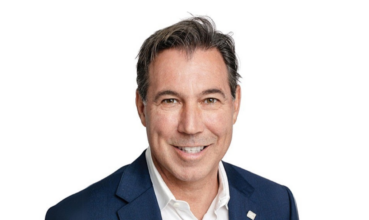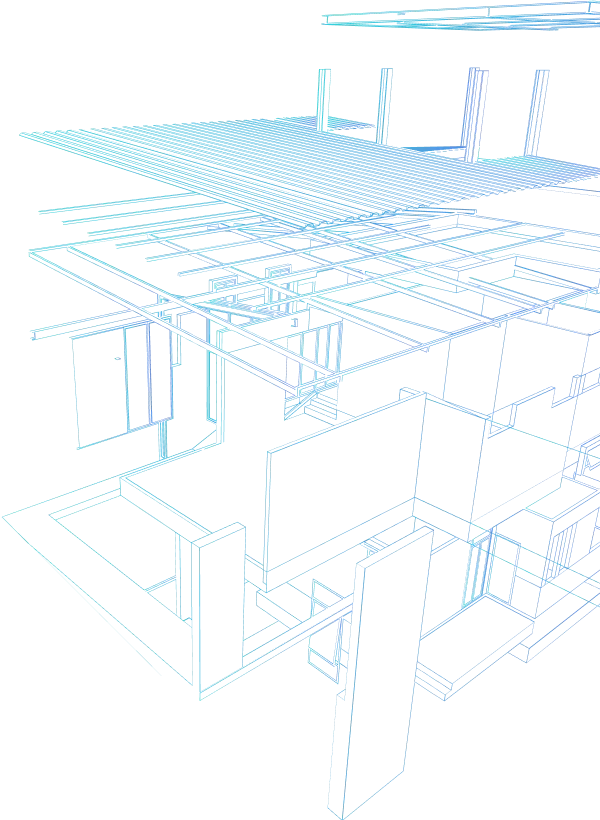After executing more than 50 deals over his 20-year career in mergers and acquisitions, Jan Tomaszewski was frustrated by an industry truth that most professionals accept as inevitable: comp...
AirBuild: Using Microalgae for Carbon Capture and Water Treatment


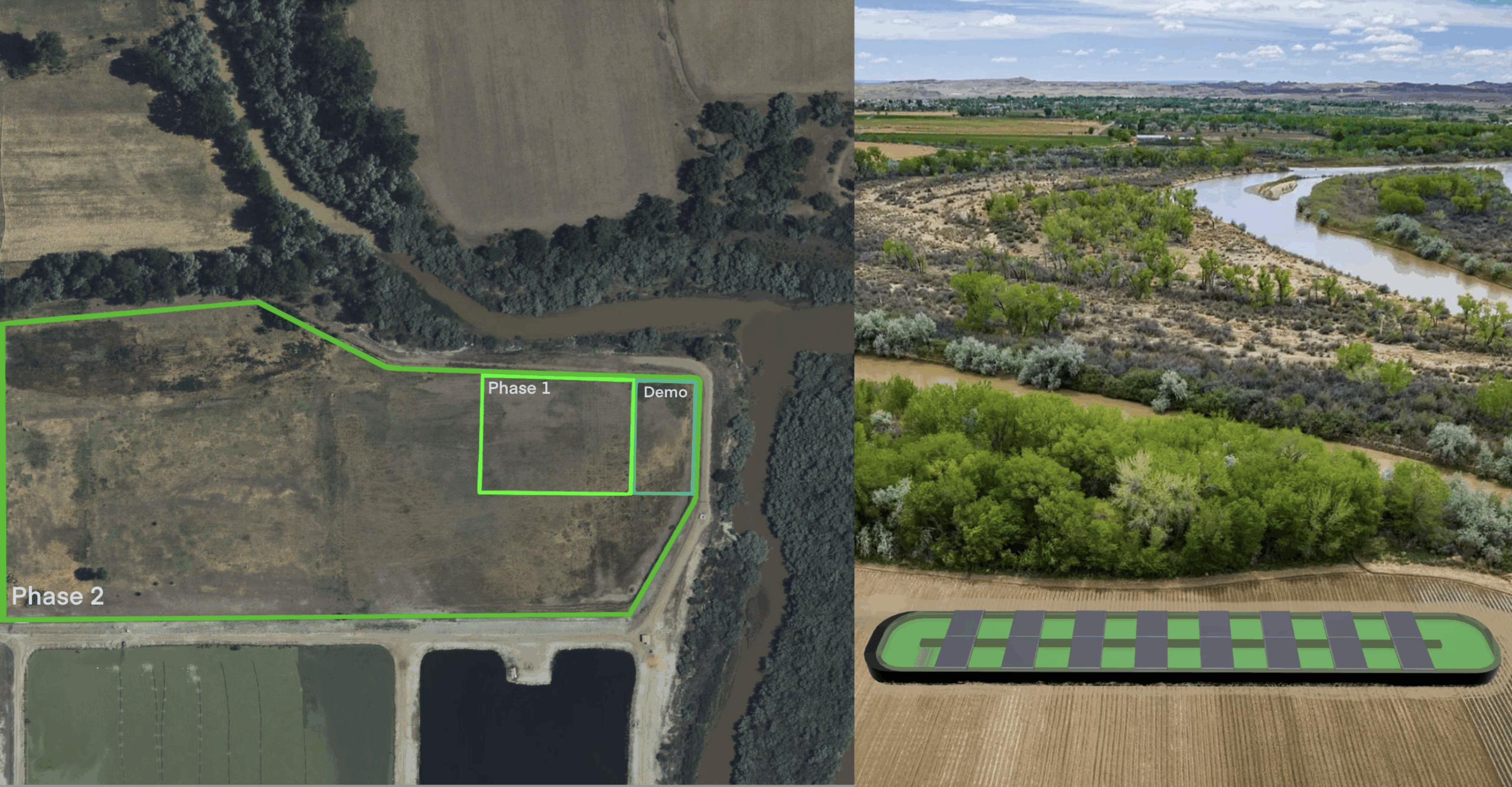

“Algae naturally performs about 50% of the planet’s carbon capture. We’re harnessing this incredible natural process to solve multiple environmental challenges at once,” explains David Gory, CEO of AirBuild, an environmental biotechnology startup that’s turning polluted water into clean resources while capturing carbon dioxide from the atmosphere.
Nature’s Carbon Capture Technology, Decentralized
AirBuild was born from a powerful insight about scaling environmental solutions. “The internet didn’t become ubiquitous until everyone had access to it,” Gory explains. “Similarly, carbon capture won’t become widespread until we can decentralize it.”
Instead of pursuing conventional electrochemical approaches to carbon capture, Gory and his co-founders (John Bucur and Richard Mariita) recognized that nature had already perfected the process. Their innovation lies in creating optimal environments for microalgae to thrive in human-built settings.
“As we remove plants and trees to build necessary infrastructure, integrating nature back into these spaces helps restore ecological balance,” says Gory. “We’re using biomimicry to solve some of our most pressing environmental challenges.”
Personal Experiences Driving Environmental Innovation
For both Gory and the company’s Chief Scientific Officer, Dr. Richard Mariita, the mission is deeply personal. Gory, who was born in Nigeria and came to the US at 16 for college, recalls growing up with contaminated water sources: “We had to drink water from wells because our natural water sources were polluted.”
Dr. Mariita’s motivation stems from the loss of both his mother and sister to waterborne diseases at an early age. These personal connections to water quality issues have shaped AirBuild’s approach to developing technology with multiple environmental benefits.
The company’s CTO, Ejike Ken-Opurum, brings impressive credentials to the team. With a PhD in environmental biotechnology and background in structural and geotechnical engineering, Ken-Opurum was drawn to AirBuild because it aligned perfectly with his research interests and environmental values.
The BioPod: Turning Pollution into Resources
AirBuild’s flagship product, the BioPod, is an enclosed self-powered algae growing system designed to treat waste/polluted water while capturing atmospheric carbon dioxide. Ken-Opurum explains the elegant process: “Wastewater typically contains nutrients such as phosphorus, nitrogen, carbon, and other contaminants like E. coli. That water flows into our pod system, which is a large pond where we cultivate specific algae strains.”
As the algae grows over 7-15 days, it reaches maximum biomass production, capturing carbon, contaminants, and excess nutrients from the water. “We extract the algae biomass and combine with local waste for biochar production, while the water itself gets treated,” Ken-Opurum continues.
The system produces three valuable outputs: cleaned water that can return to natural waterways, captured carbon in algae biomass form, and biochar, a valuable agricultural product that provides permanent carbon sequestration and soil benefits.
From University Lab to River Restoration
After successfully testing a smaller-scale prototype at the University of Massachusetts in Amherst for approximately 3,000 hours, AirBuild has made a crucial breakthrough. “We’ve successfully demonstrated the direct air capture capabilities of microalgae, forcing it to capture carbon from the air rather than just organic carbon from water,” Gory explains.
Now the company is advancing to its first commercial deployment in Green River, Utah, where they’ve secured 37-acres for implementing their technology at scale.
“At full deployment across all 37 acres, we’ll be able to treat 50% of the river flow on average,” Gory states.. The Green River connects to the Colorado River that supplies water to California, Arizona, and Nevada. The water impact is substantial, not to mention the carbon captured.”
Solving Rural Water Challenges
AirBuild’s business model centers on partnerships with municipalities, particularly smaller communities currently using sewer lagoons for wastewater treatment. Ken-Opurum explains why these communities make ideal early adopters: “Smaller communities typically use sewer lagoons – open evaporation ponds where they remove grit and allow water to sit for multiple days.”
The company offers these communities a more efficient revenue-generating alternative. “Our agreement with cities is straightforward: provide the land and project development costs. We partner with you, bringing our expertise to build a solution that cleans your city’s air and water, while processing local waste and providing biochar for local farmers,” says Gory.
This approach particularly appeals to rural communities with agricultural economies, as the biochar byproduct delivers significant value. “Biochar excels at permanent carbon capture and soil remediation by improving nutrient retention and water retention,” Gory notes.
Self-Powering Through Solar Innovation
Beyond water treatment and carbon capture, the BioPod system offers another advantage: improved solar energy generation. “Traditional solar panels lose 85% of energy due to heat. By placing a cooling bed of water under the solar cells, we boost their efficiency by approximately 12.5%,” Gory explains.
This enables the system to power itself, making it ideal for rural markets and offering a more sustainable approach than existing solutions. While some municipalities simply wait for water in lagoons to evaporate, AirBuild’s solution actively cleans water while generating energy and capturing carbon.
Breaking the Water Pollution Cycle
The water quality challenge in the United States alone is significant. “Fifty percent of US rivers are polluted, meaning they’re unsuitable for fishing, swimming, or drinking,” Gory points out.
He emphasizes water pollution’s cyclical nature: “Consider the water consumption cycle: we draw drinking water from these water bodies and return wastewater to them. If those water sources remain polluted, we perpetuate a contamination cycle.”
AirBuild’s solution breaks this cycle by bioremediating water in its steady state, ensuring cleaner community water sources.
Global Ambitions and Funding Progress
AirBuild has followed a traditional early-stage funding path, beginning with bootstrapping and friends and family investment, then participating in accelerator programs including Techstars and Mass Challenge. The company closed its pre-seed round in October 2023 and secured non-dilutive funding from Massachallenge and the World Economic Forum through Uplink.
Looking ahead, AirBuild plans to open its seed round in Q4 of 2024, with goals to scale its technology and expand beyond initial markets. While starting in the US, the company maintains global ambitions.
“We’re beginning in the US because we’re based here and the problem exists locally, but the challenges are global,” says Gory. “The three inputs our process requires, polluted water, carbon, and waste, are universally abundant.”
With plans to eventually develop wall-mounted BioPanels for buildings, AirBuild positions itself at the intersection of environmental technology and built environment, demonstrating how nature-inspired solutions can address our most pressing environmental challenges while creating multiple streams of value.
Similar Articles
Explore similar articles from Our Team of Experts.
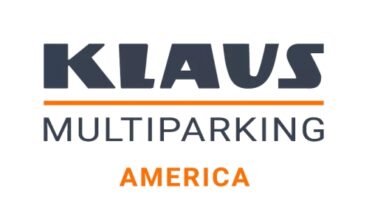

“Sometimes, a simple design adjustment in the parking plan can make the difference between a stalled project and one that moves forward.” This insight from Christopher Tiessen, P...
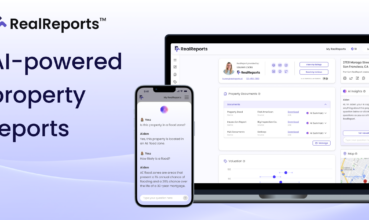

In an industry often criticized for its slow adoption of technology, Zach Gorman’s path to PropTech leadership has been anything but traditional. The Co-Founder and COO of RealReports,...
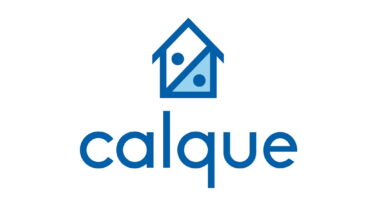

Fintech company Calque is transforming how Americans handle one of their most challenging financial transactions: buying a new home while selling their current one. Founded in 2020, the comp...


“$2 billion isn’t enough to stop me from running you over. Wells Fargo and Bank of America… I’ve been up against trillion-dollar companies. A $2 billion company reall...


